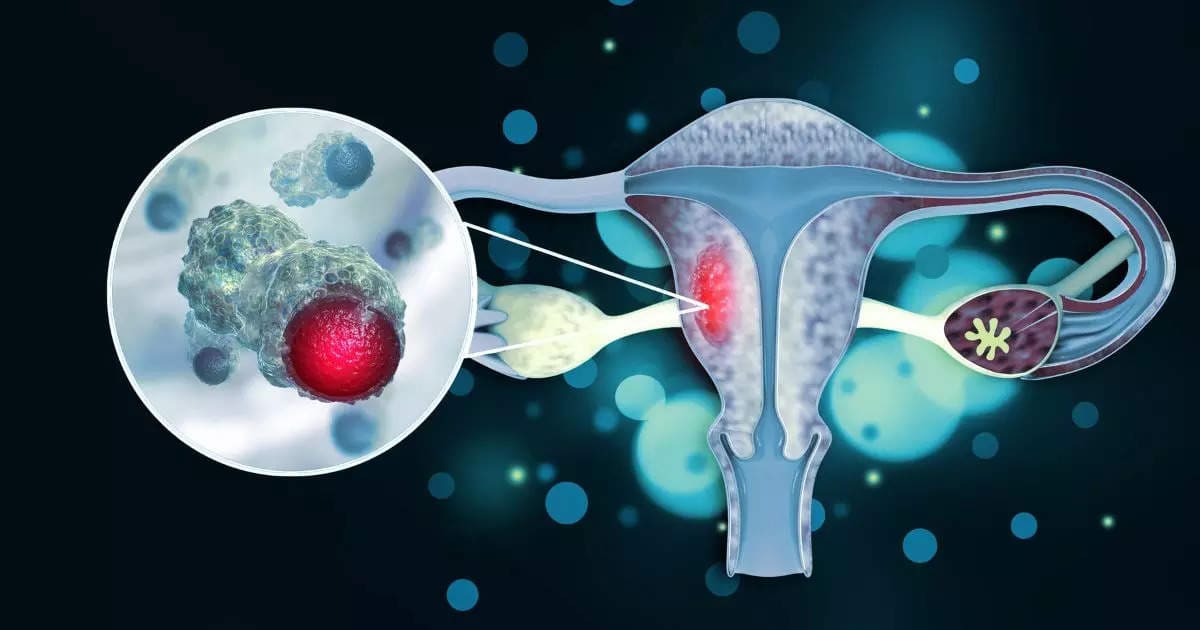Free Courses Sale ends Soon, Get It Now


Free Courses Sale ends Soon, Get It Now



Disclaimer: Copyright infringement not intended.
Context
What Is Cervical Cancer?
The Recent Lancet Study
Findings of the Study
Prevention
HPV Vaccine
WHO Target
Way Ahead
© 2024 iasgyan. All right reserved